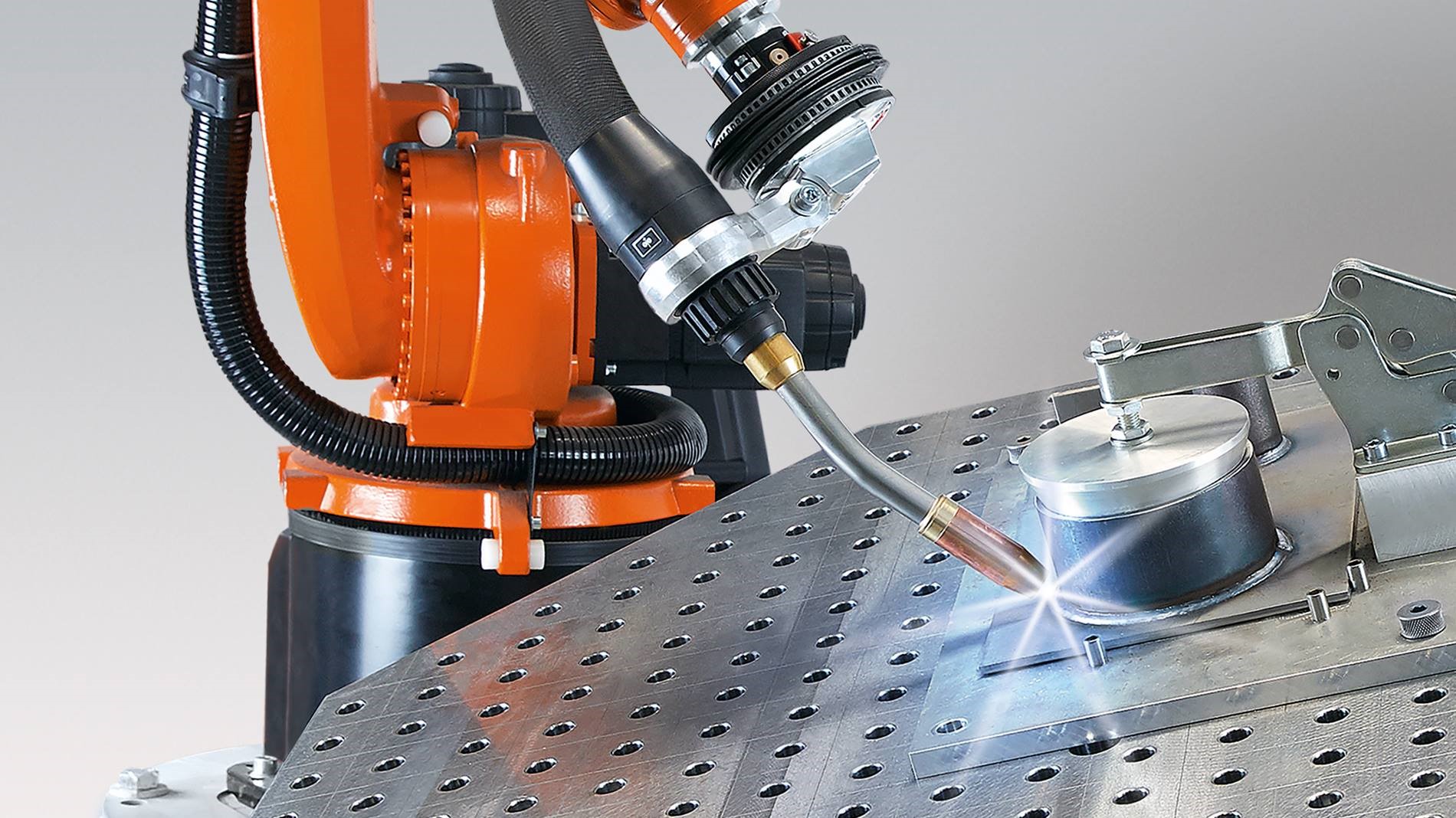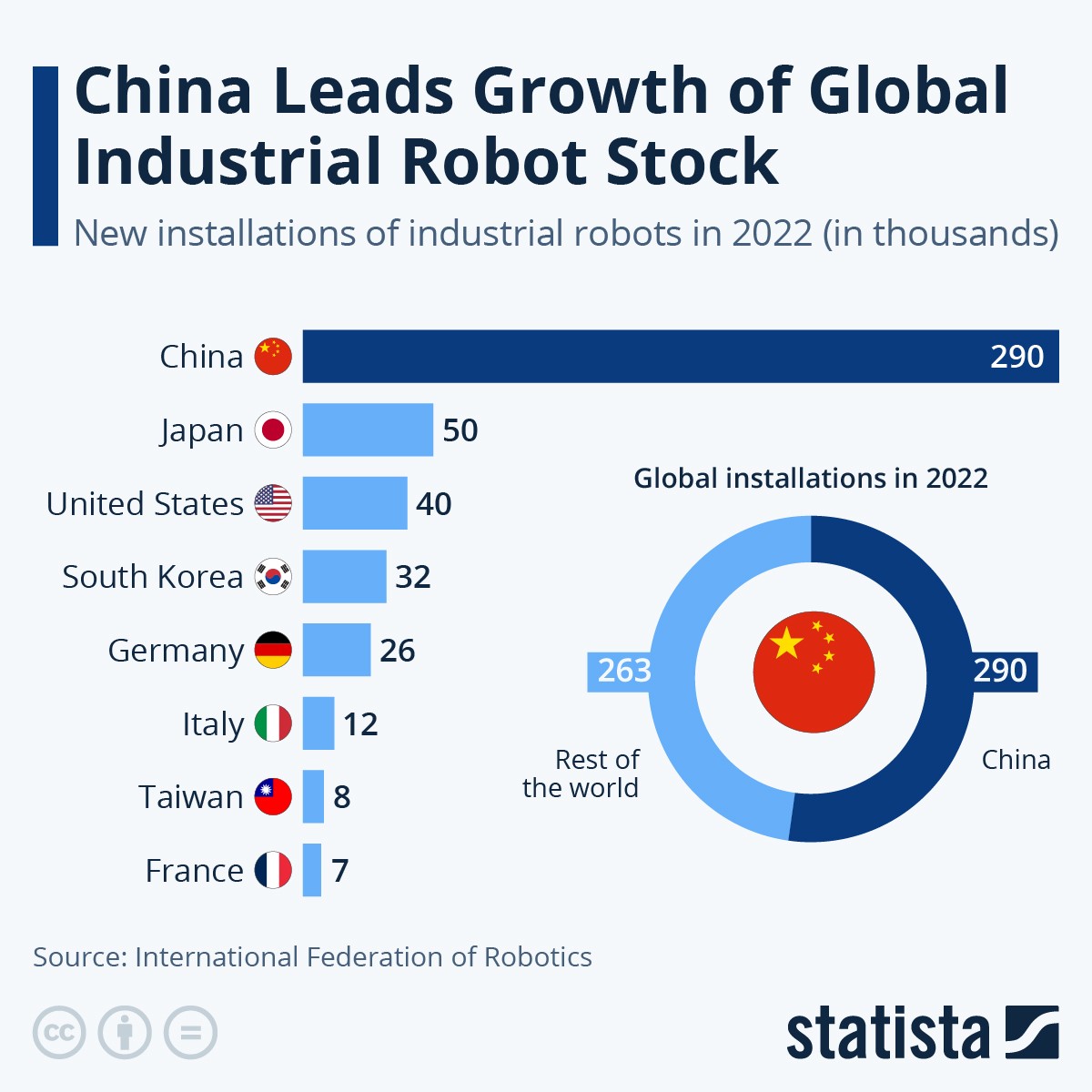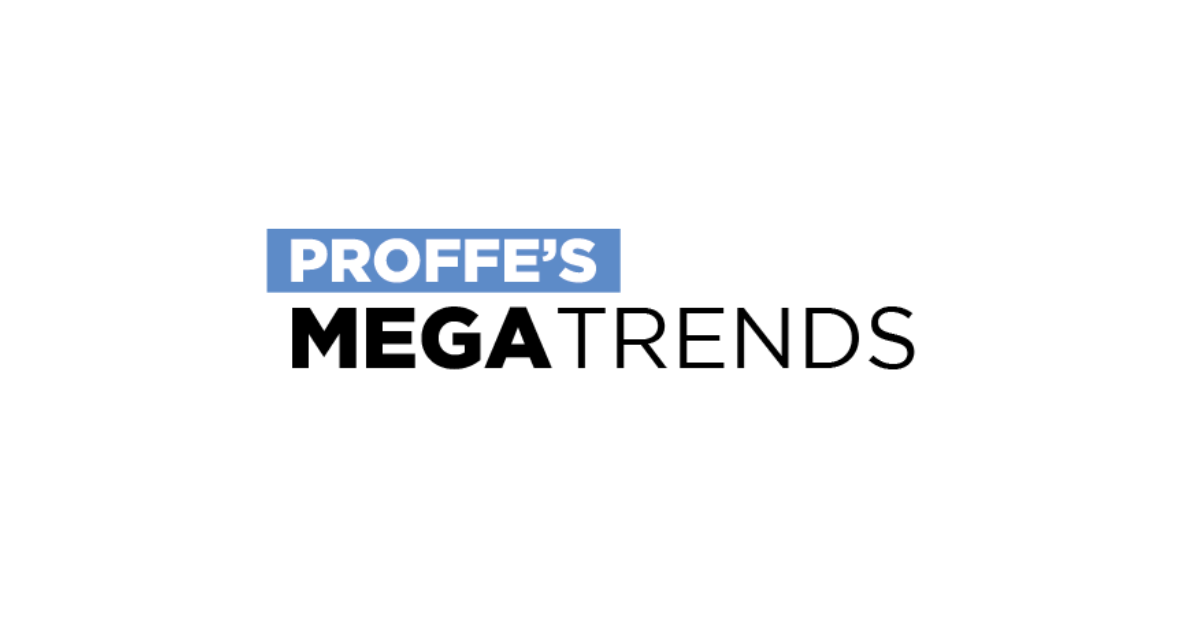
Above we see a welding robot: A robot built for a single task that can do the task well, but that can’t be used for any other task. It is also not using smart technologies. These types of robots have been deployed in many different production plants around the globe, e.g. for helping in automobile manufacturing.

In the above chart, we see that China is currently the world leader in deploying new robots. Most of the robots that China and other countries are installing are current-generation robots, such as welding robots, produced and designed for doing a single, specialized task.
China being so ahead of other countries in deploying robots can be explained by the fact that the country is a major manufacturing hub for the rest of the world, of course.
What companies, like Tesla (NYSE: TSLA), are planning to do next is completely different. Tesla is working on a type of robot it calls Optimus, which will use a humanoid form factor and be used for many different tasks.

While Optimus is not yet available for sale, as Tesla is still working on advancing the technology and testing out different prototypes, it is pretty clear that if Tesla is successful, this robot could have a much larger impact on industry compared to current robots.
Humanoid robots, such as the ones TSLA, Honda (NYSE: HMC), Hyundai Motor Group’s Boston Dynamics, and Amazon (NASDAQ: AMZN) are working on, could be used for many different tasks, such as moving parts, packaging items, sorting goods, and so on. When one combines the humanoid form factor with smart technologies, they might even be self-directed and could learn tasks themselves.
Tesla isn’t the only company working on next-generation robots, however. At a recent investor day event, NVIDIA (NASDAQ: NVDA) presented different kinds of humanoid robots, for example.
How To Invest in The Robotics MegaTrend
Tesla and NVIDIA are two of the choices that investors have for buying into the robotics MegaTrend, but there are also other options. iRobot Corporation (NYSE: IRBT) is a specialized player, although this company isn’t profitable yet, unlike Tesla and NVIDIA, thanks to the latter twos’ other businesses. Some robotics ETFs exist, such as ARK Invest’s ARKQ Fund (NYSE: ARKQ).
Investing in companies that will benefit from increased robotics usage is also a possible choice. Automobile manufacturers, such as Ford (NYSE: F) or General Motors (NYSE: GM) are among the companies that could see the biggest benefits from using robots for manual tasks, but restaurant operators, such as McDonald’s (NYSE: MCD), and logistics companies, such as UPS (NYSE: UPS), could use next-generation robots as well in order to expand their business and/or to bring down costs.

